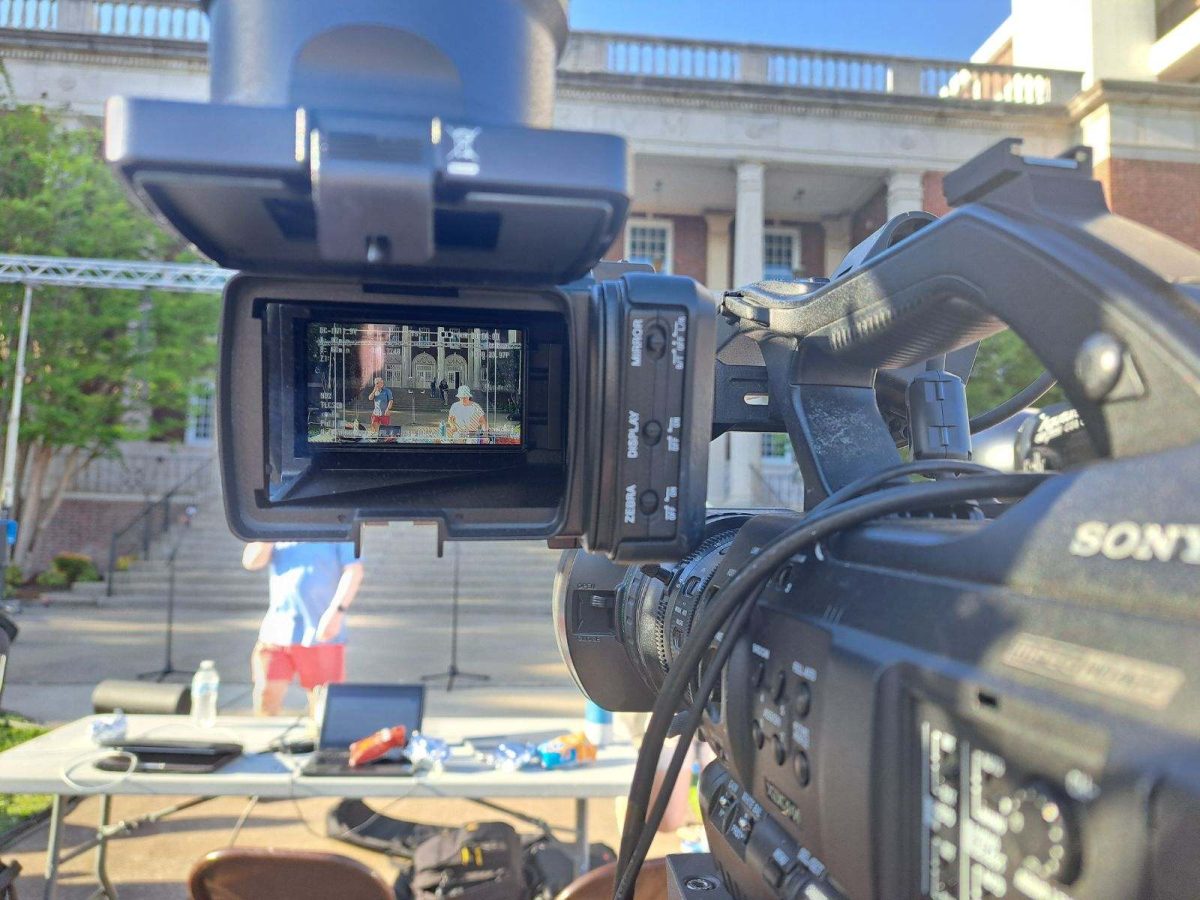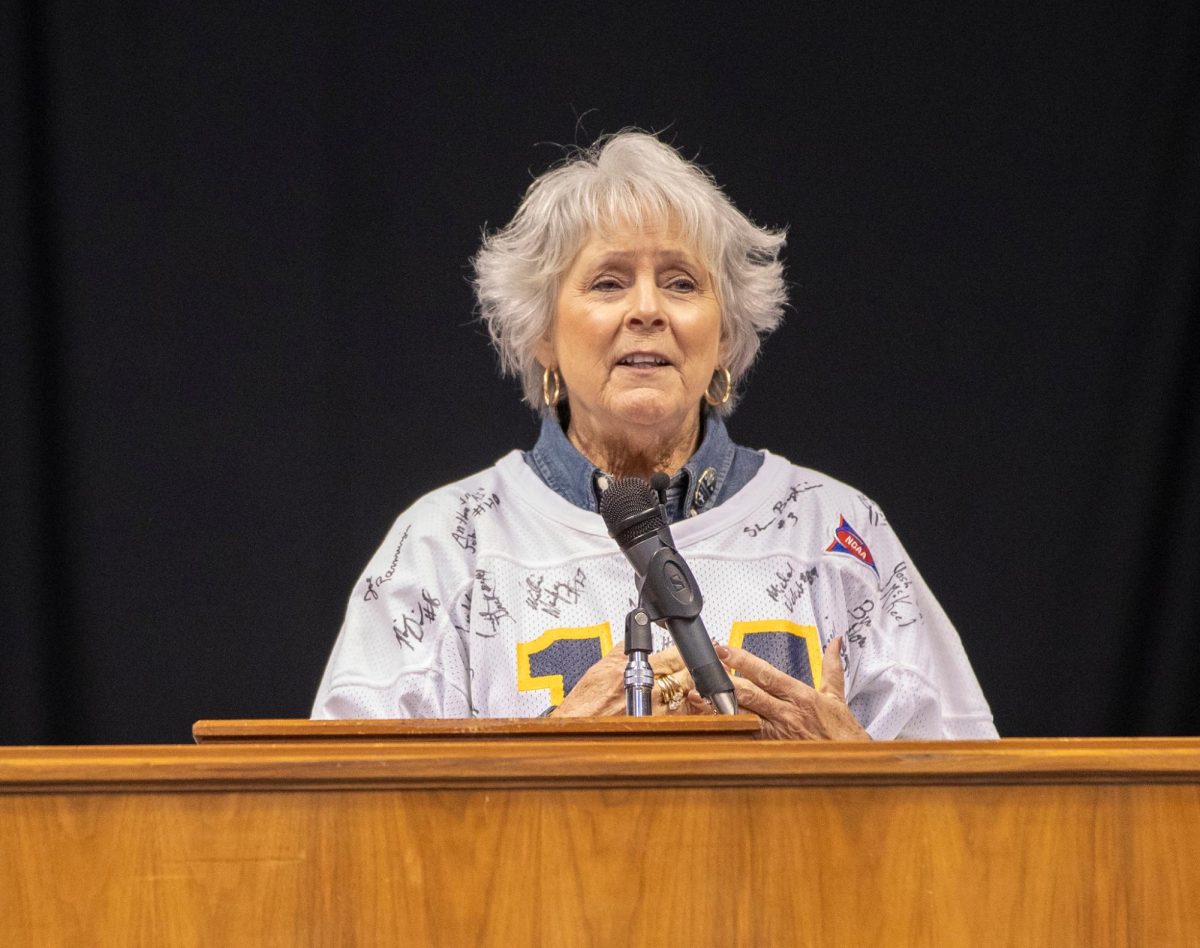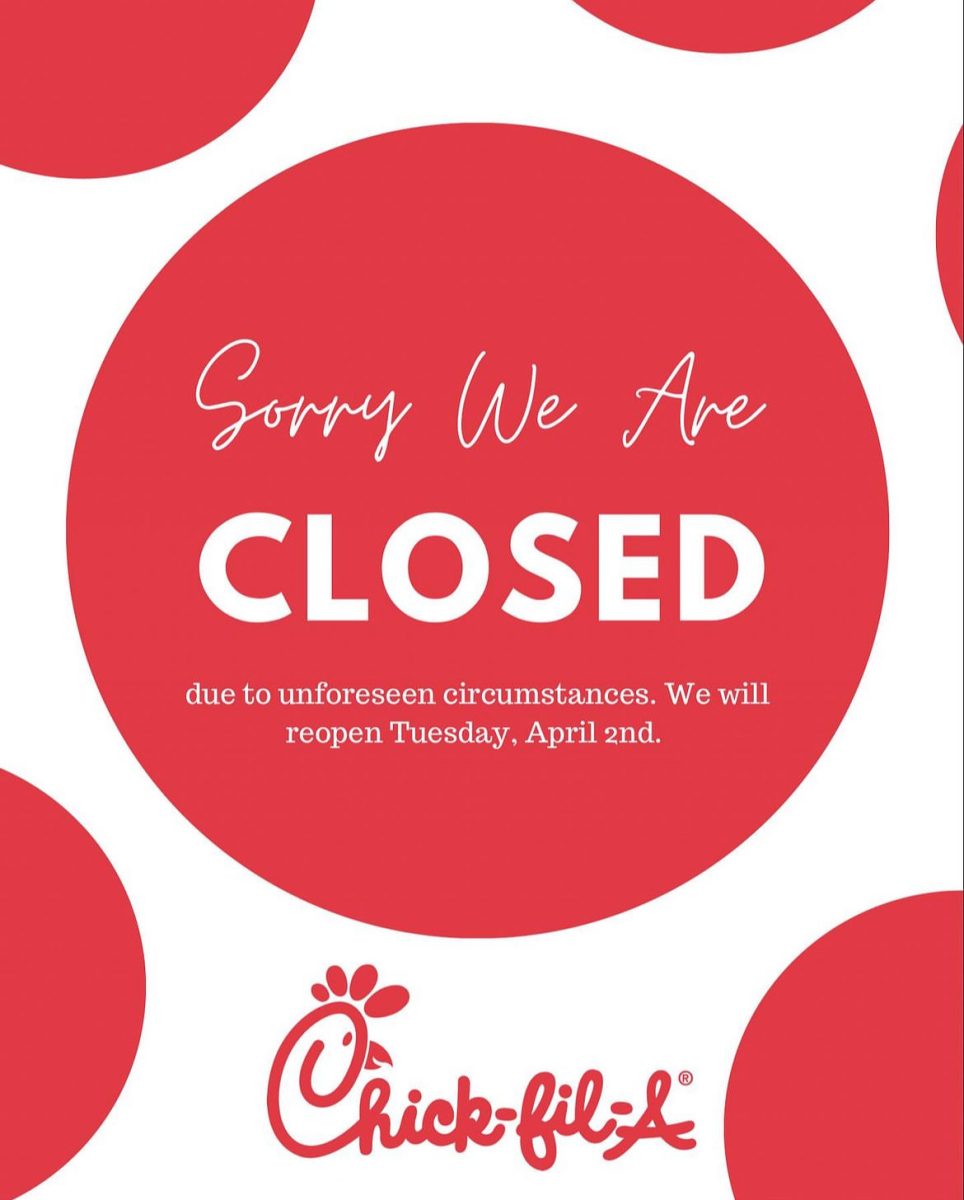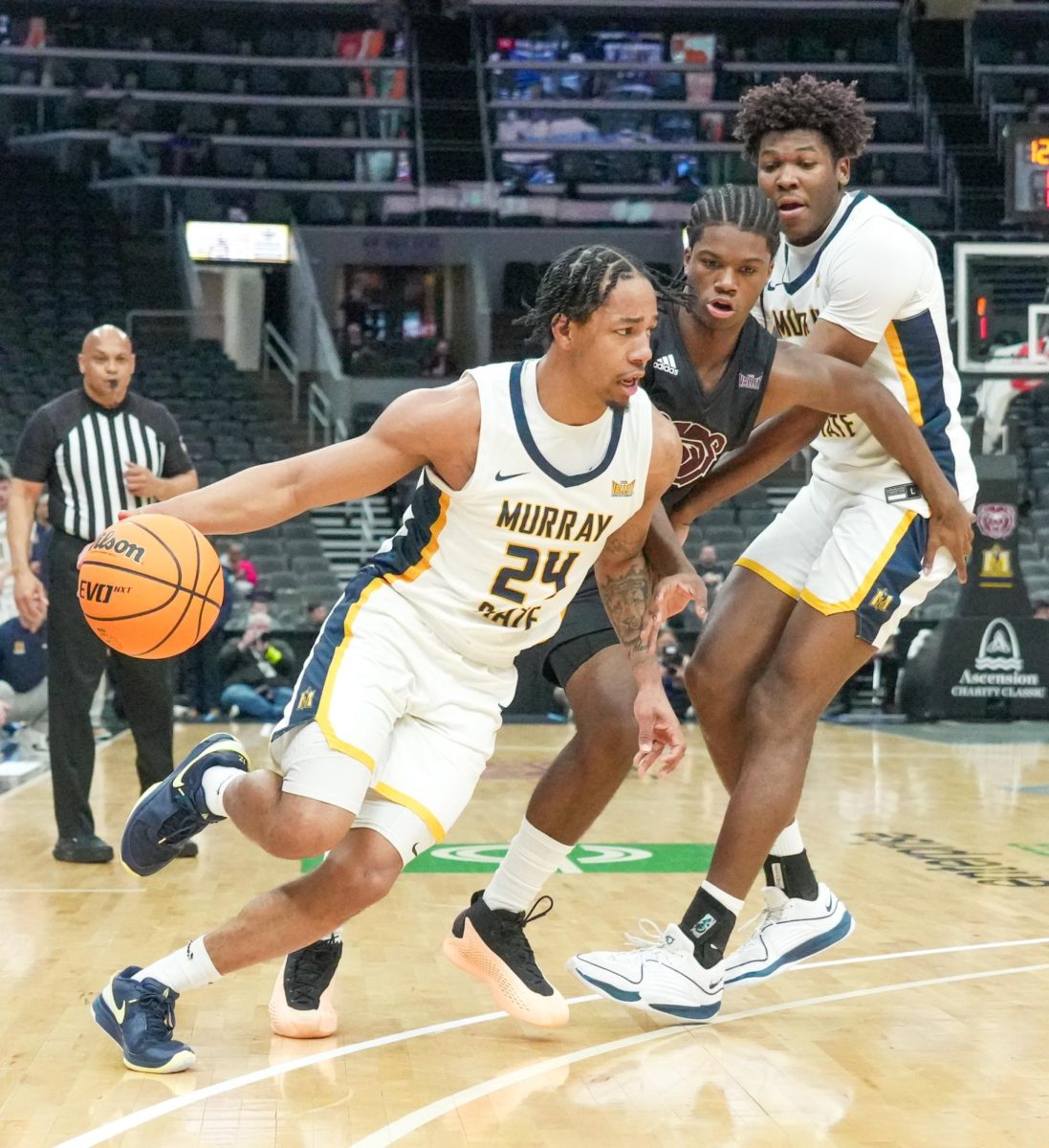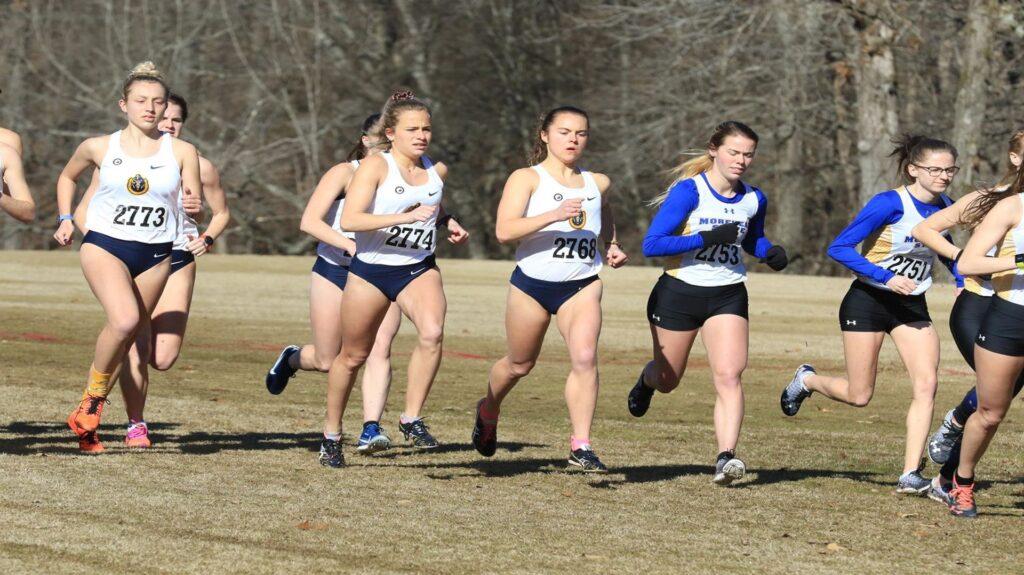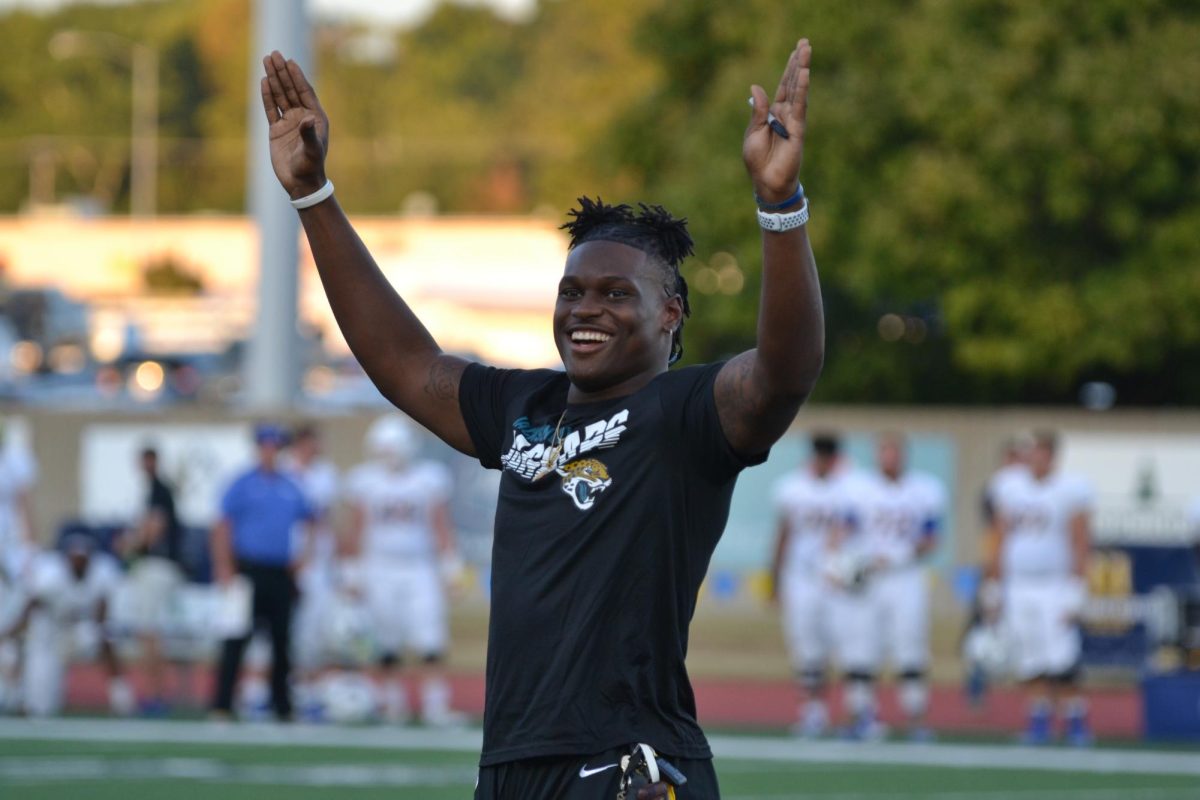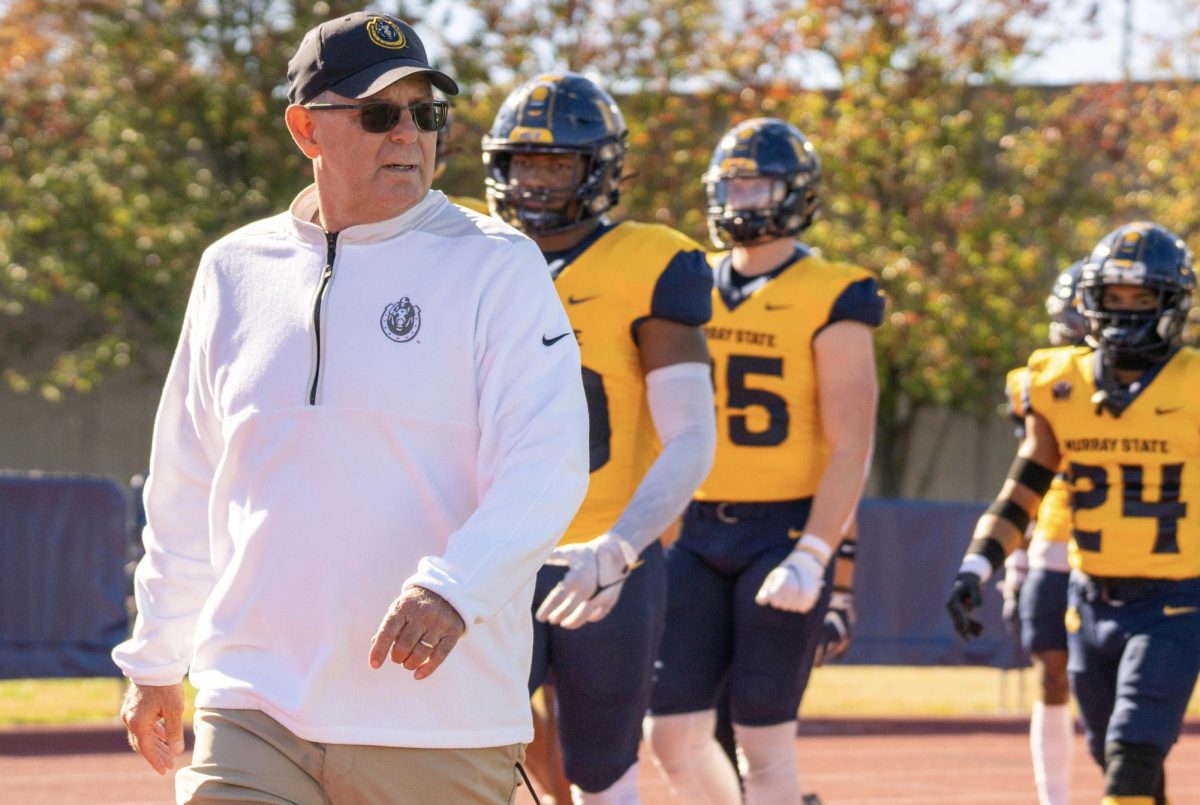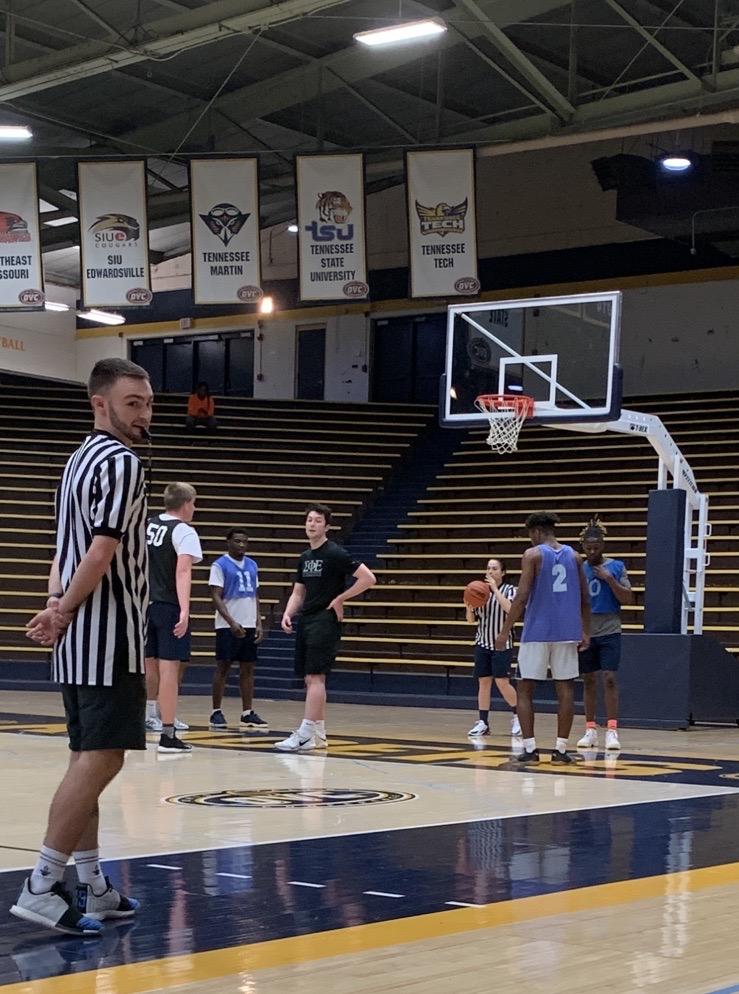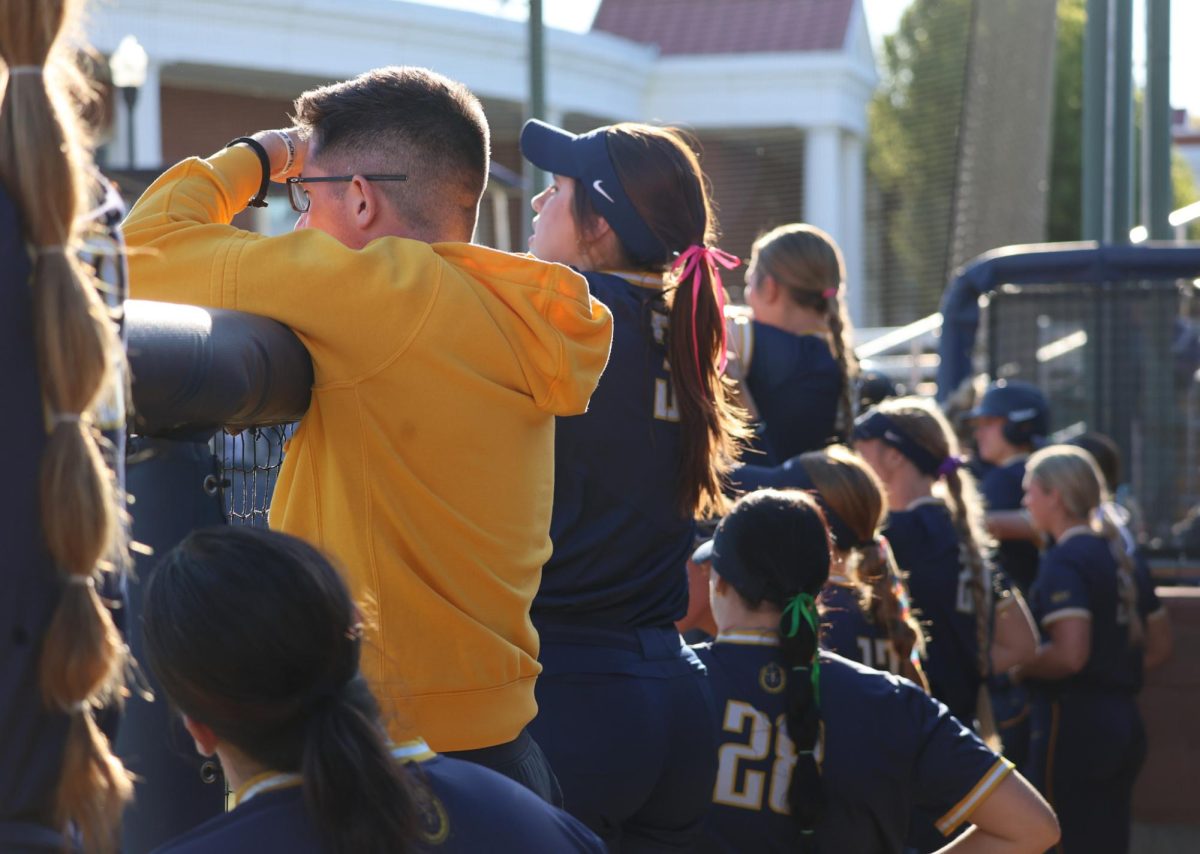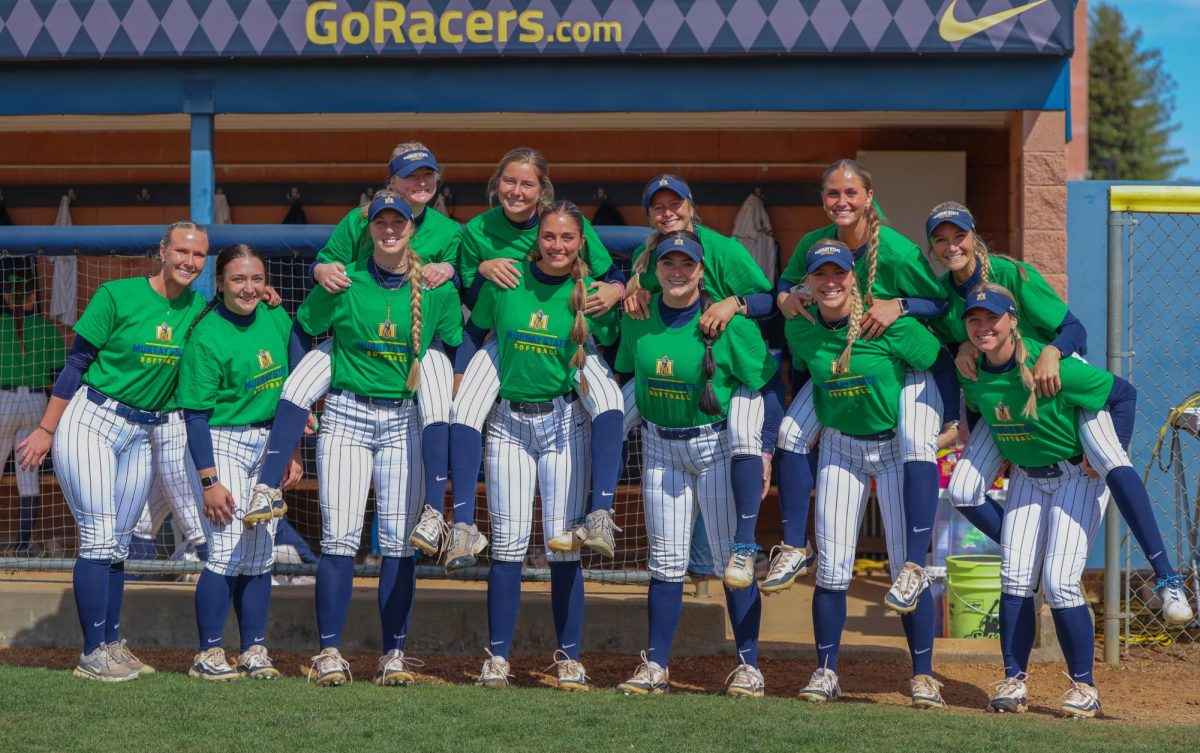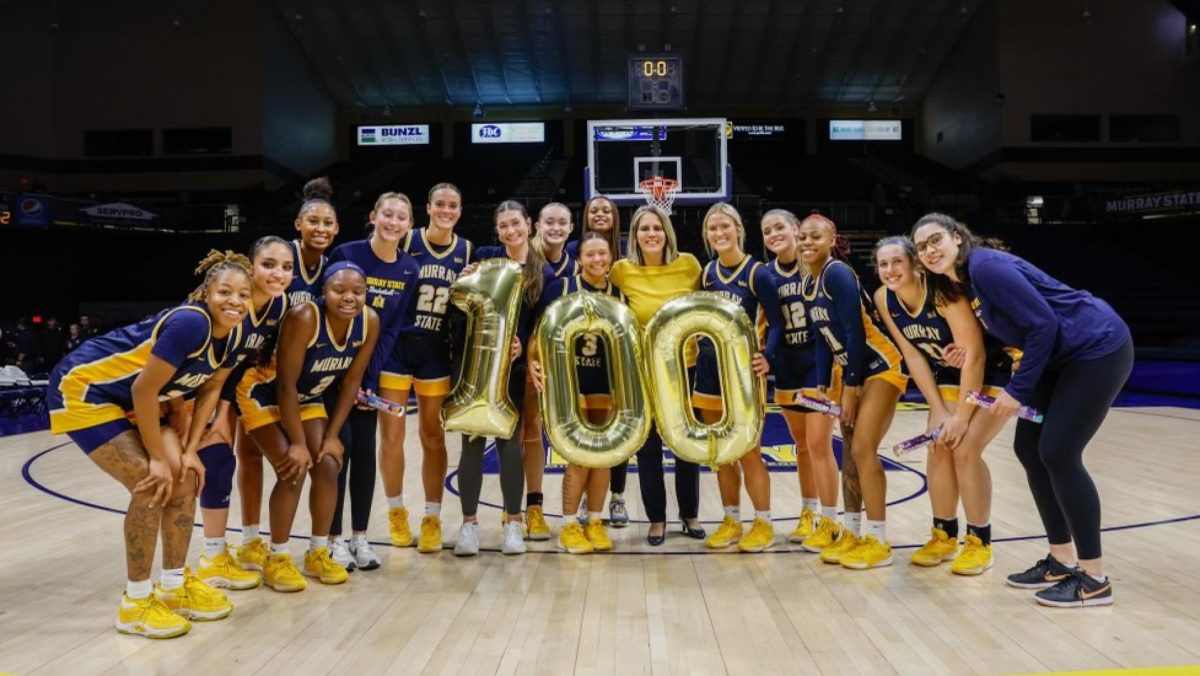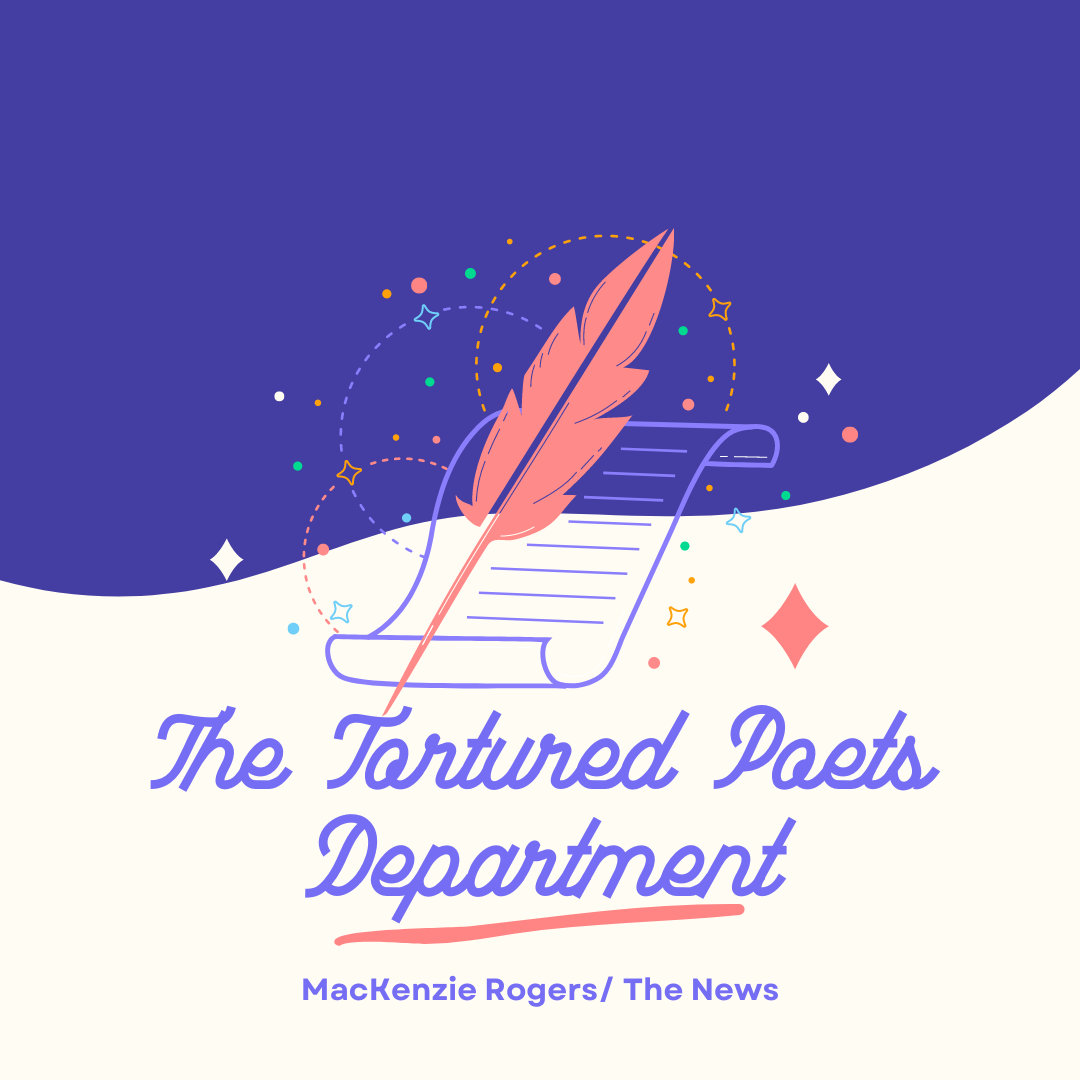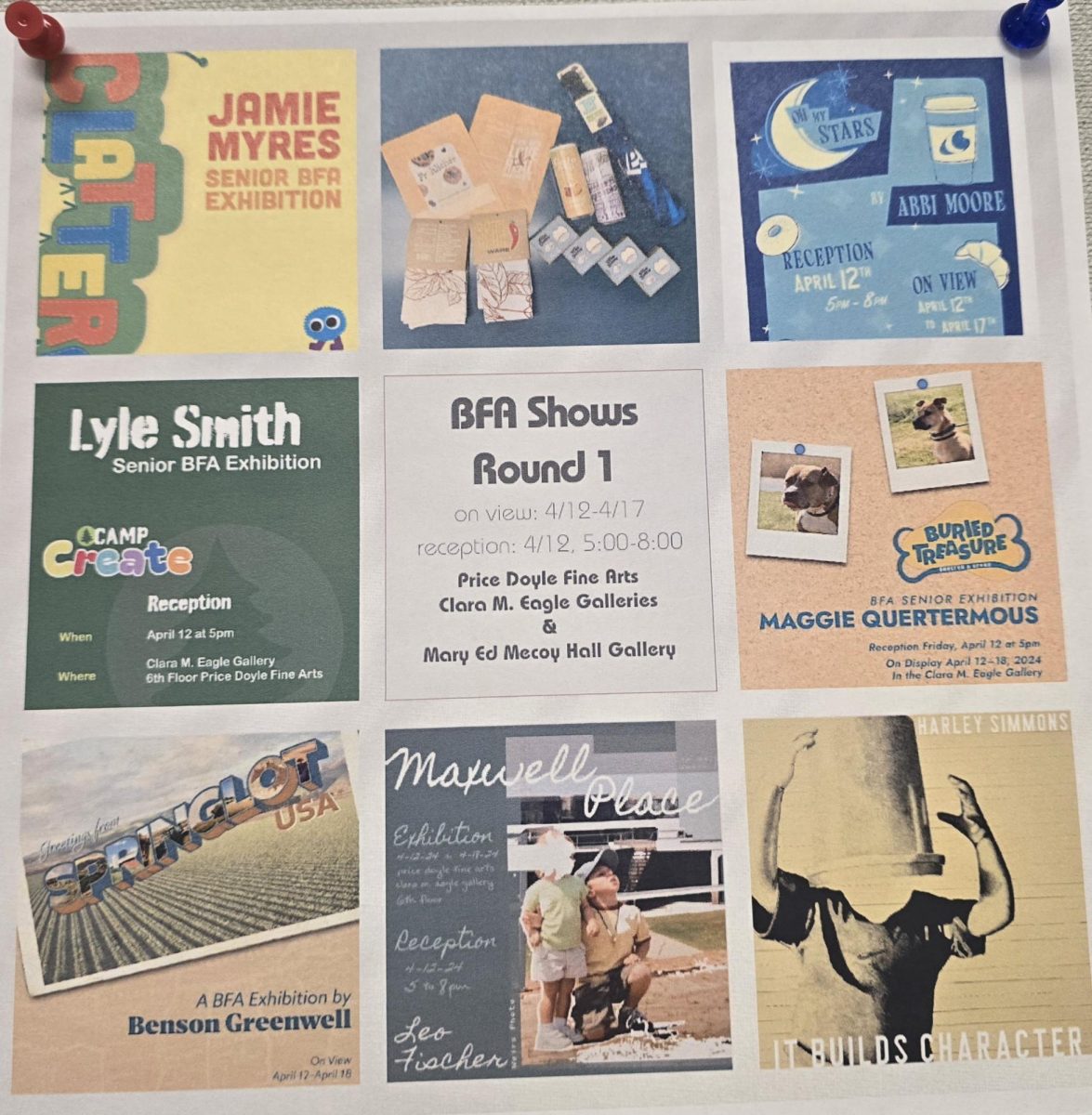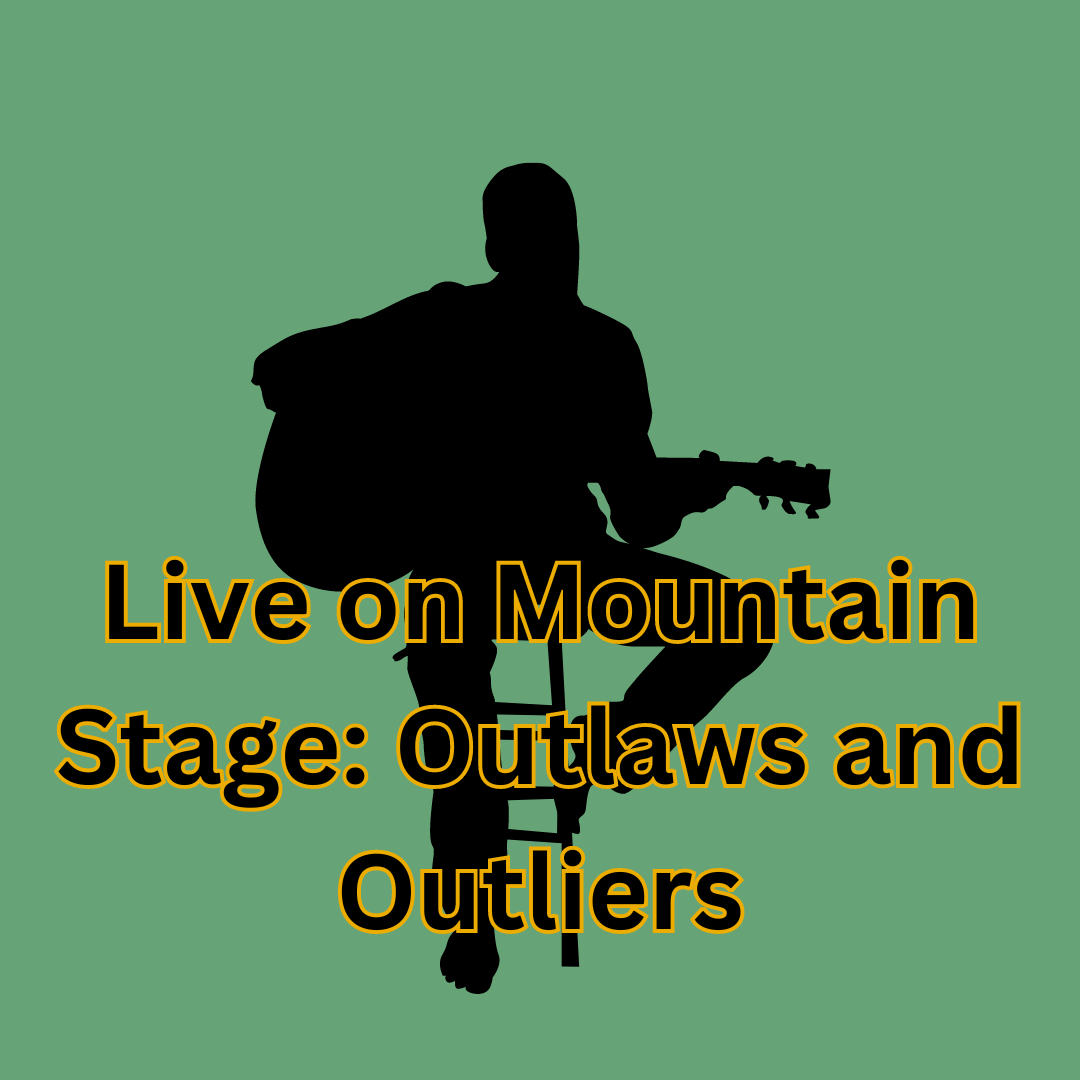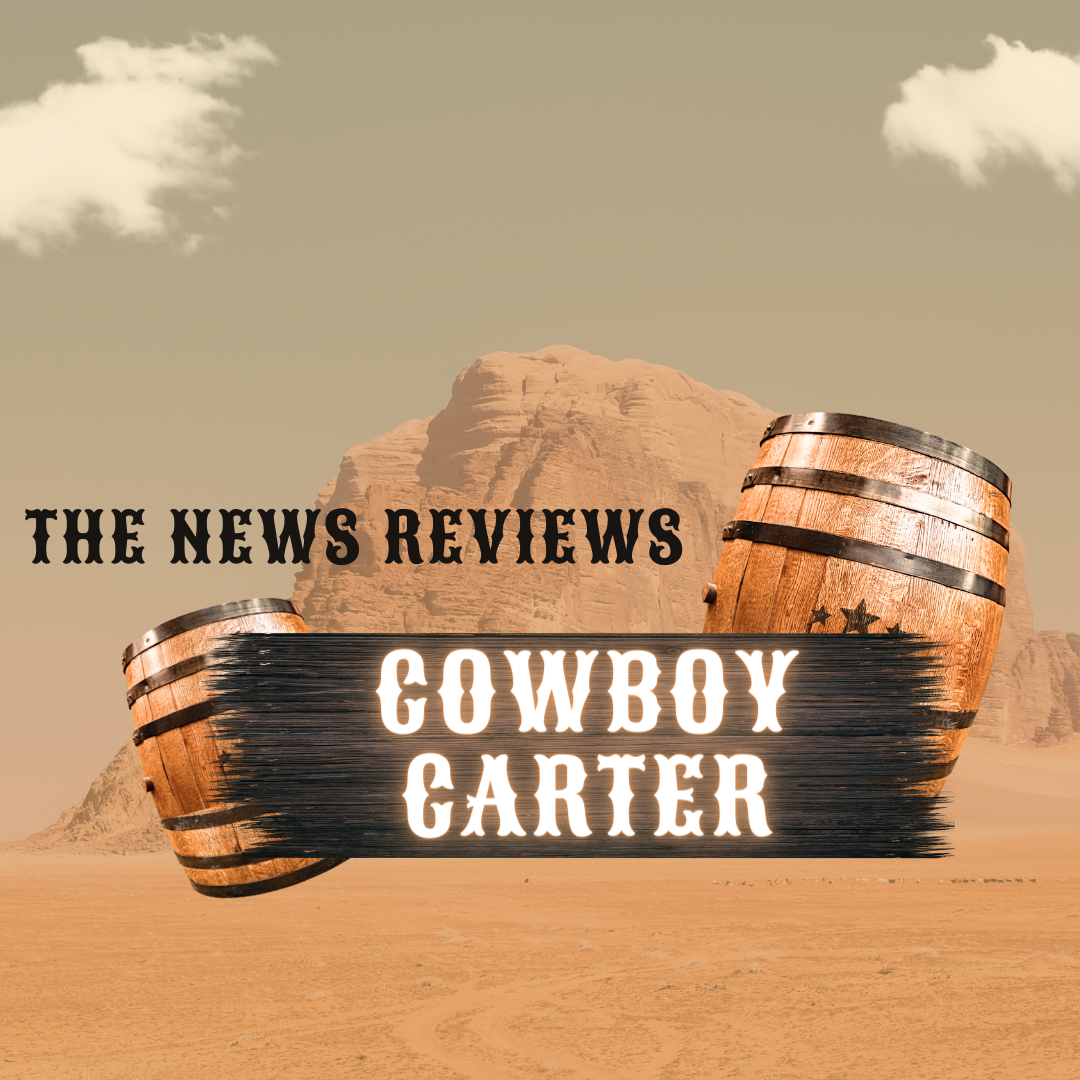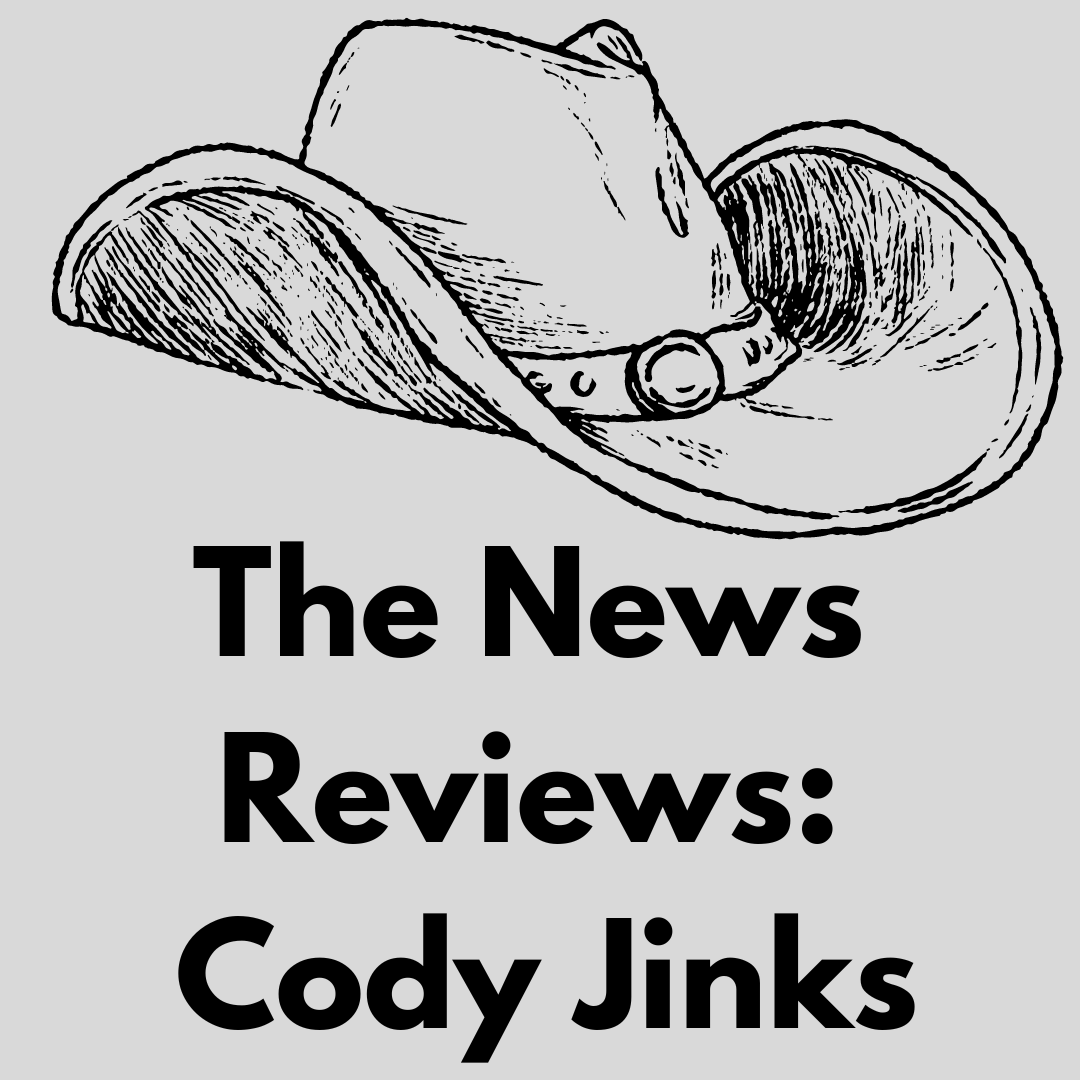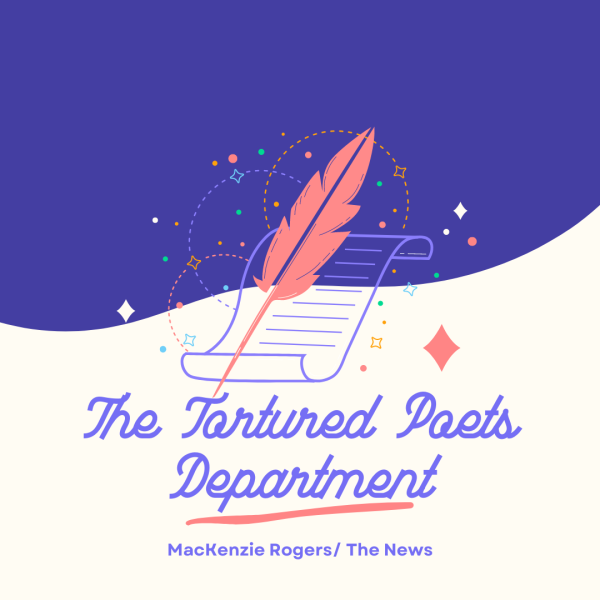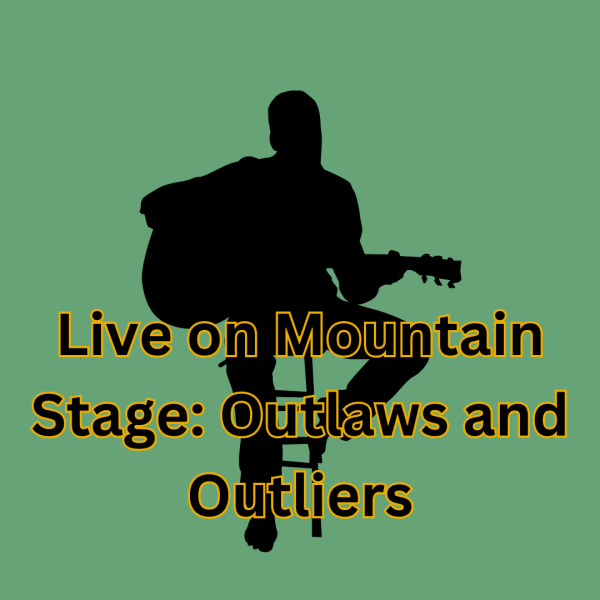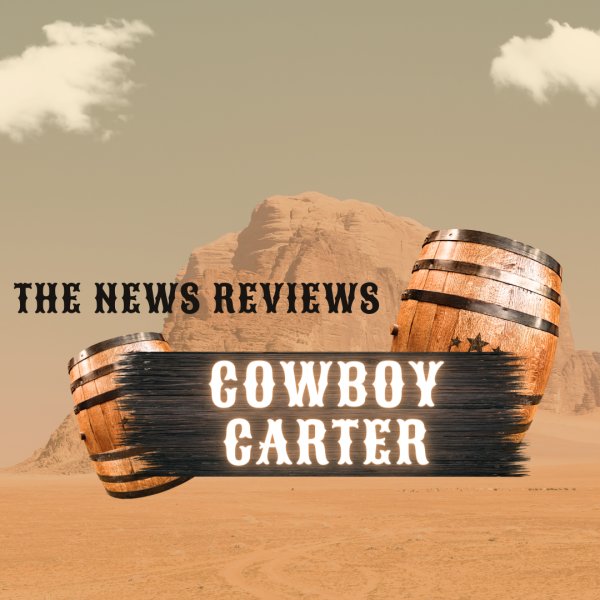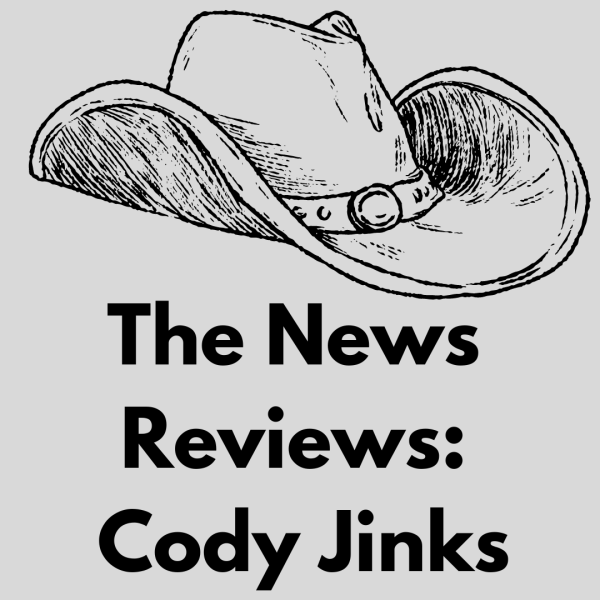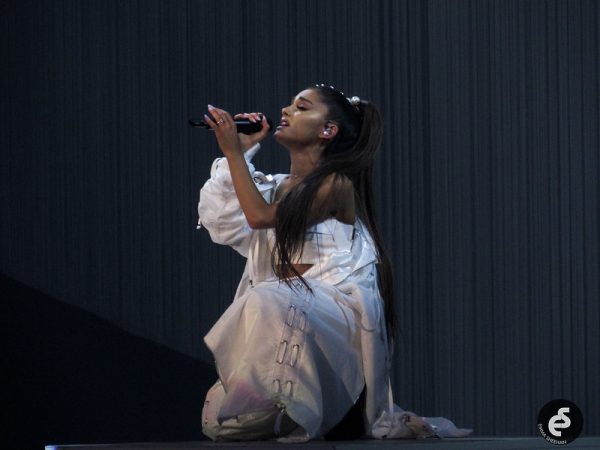SZA dwells in heartbreak’s aftermath on ‘SOS’
‘SOS’ was released Dec. 9, 2022, with TDE and is currently ranked No. 1 on the Billboard top 200 chart (Album cover courtesy of @sza on Instagram).
January 26, 2023
After five years, she’s back, she’s ambitious and she’s dominating the charts. SZA’s sophomore R&B album “SOS” dives into avenues of rap, punk and alternative, while exploring life after heartbreak.
Solana Rowe known professionally as SZA is an R&B artist from St. Louis, Missouri, who became popular for her unique take on R&B.
“SOS” hit streaming platforms on Dec. 9, 2022, nearly five years after her debut album “CTRL” and nearly 10 years after her self-released debut EP “See.Rowe.Run,” which caught the eye of her current label, Top Dawg Entertainment (TDE). She became their first female artist.
This would fuel her boost to stardom but also feel like a lasso around her waist, hindering her from artistic agency and freedom, but we can talk about that after we discuss the highlights and lowlights of Rowe’s momentous music return.
“CTRL” was an album detailing the feelings of someone in a toxic relationship, and in “SOS,” we see the same woman but in a different situation. Rowe has cut the ties to her relationship, but her feelings can’t help but linger.
Although she is freed from this relationship, Rowe is still grappling with its aftermath. Rowe goes in between confident highs and insecure lows, while wondering if she can ever trust someone again.
The 23-track long album—yes, 23 tracks—begins with “SOS,” which starts with a Morse code distress signal, SOS, and the shooting of a flare. After a brief moment of silence, horns and choir powerfully burst through.
Rowe goes in between singing and a raplike flow that exudes confidence and spite. She sings about donating swag to her former partner and wanting it back. Rowe doesn’t want to see him use what she gave him. In the end, although she is still angry, she still wants to be desired.
“Kill Bill” is the biggest hit on “SOS,” becoming popular on TikTok and currently ranked second on the Billboard Hot 100.
Rowe sings about the boiling negative feelings she has for her former partner. She hates seeing him be able to move on with someone else and sings about possibly killing him in an act of revenge, much like the movie with the same name.
“Low” swerves into a subtle lane of hip-hop, with Rowe being supported with ad libs by rapper Travis Scott. Rowe sings about treating partners as if they are replaceable and all of her moves being on the low.
“Blind” was teased in a snippet of Rowe’s “Good Days” music video. The gentle guitar and Rowe’s cascading vocals really make this song a standout. Rowe sings about avoidance. Sometimes it’s better to pretend the elephant isn’t in the room than to address it.
“Used” is a R&B and rap blend featuring American rapper Don Toliver, and the title is self explanatory of what Rowe is trying to convey. Rowe reflects on the fact her past partner used her and seems as though she’s come across some post-relationship clarity.
“Gone Girl” feels as if Rowe is realizing she needs to focus on herself rather than whatever relationship she is plagued by. When Rowe says “Gone Girl,” it’s not like an Amy Dunne kind of “Gone Girl” but instead the kind of girl that will avoid your calls and unadd you on social media.
“Smoking on my Ex Pack” is a spicy rap interlude where Rowe reflects on why she wasn’t satisfied with a relationship. I wish this song was longer than a minute because Rowe rolls through so confidently that it feels like an anthem.
“Ghost in the Machine” is the song that is least like the others with the most surprising feature, American alternative artist Phoebe Bridgers. I really like the idea behind this song, with a ghost being the memory of an ex-lover but the machine being the body of another, someone Rowe sees as a distraction.
Rowe and Bridgers work in different musical lanes, but they come together well, with Bridgers taking over the bridge and building tension in the song. I was apprehensive about their collaboration and thought it may feel like another Lana Del Rey “Don’t Call me Angel” scenario, but it works, and Bridgers’ verse doesn’t bring the song to a standstill.
“F2F” and “Nobody Gets Me” are Rowe’s furthest dives into alternative, with “F2F” feeling more punky and “Nobody Gets Me” leaning toward an early 2000s singer-songwriter mood. Rowe really experiments with her sound on both songs, making them standouts, and I love seeing a Black musician take this direction.
“Shirt” was one of the lead singles on “SOS,” and it feels like a Rowe classic because of its sound. It feels as if it could be a “CTRL” outtake, but I enjoy its inclusion on the album.
Rowe closes the album with “Forgiveless” featuring American rapper Ol’ Dirty Bastard, and it ends the album on a rap note with Rowe’s confidence shining through. It feels as if Rowe is warning the next person who wants to take advantage of her.
“SOS” is a powerful return for Rowe, but a large album is always a risky move that doesn’t pay off. Having 23 songs on one album means there might be many songs that are hits but also many that fall through the cracks and are often skipped by listeners.
Among these songs are “Conceited,” “Too Late” and “I Hate U,” which feels a little half baked since it only contains the lyrics, “And if you wondered if I hate you (I do),” the snippet that popularized the song before its formal release.
Although these songs don’t stand out as much compared to the others, they are still solid tracks that deserve love. However, at the end of the day, I think “SOS” could have been boiled down to a solid 16-track album, and then, there could have been extra room for a deluxe edition similar, to what Rowe did with “CTRL”
But to continue the conversation regarding Rowe’s record label, TDE, it almost feels as though Rowe needs to be saved from her label. “CTRL” is a widely enjoyed album. In an interview with “The Guardian,” Rowe said TDE stole her flash drive, forcing her to release “CTRL.”.
TDE seemed to have forced the release of “CTRL” but then continuously put off the release of a sophomore project, as if they did that because they wanted to milk “CTRL” dry before they let it be overshadowed by another project.
Sadly, “SOS” did not go off without a hitch either. In an album teaser Rowe posted on Instagram, a song, “PSA,” was teased along with visuals for the song, but it did not make it to the final project.
Rowe claims it was her team that hindered it from being on the album, and at this point, it seems as though TDE has a tighter grip on Rowe than they do their other artists, such as Kendrick Lamar, Jay Rock or Isaiah Rashad.
Beyond the pigeonholing from her label, “SOS” marks a strong and confident return for Rowe, and I think it deserves an 8.5 out of 10.
I hope Rowe can find a stronger sense of agency over her career





